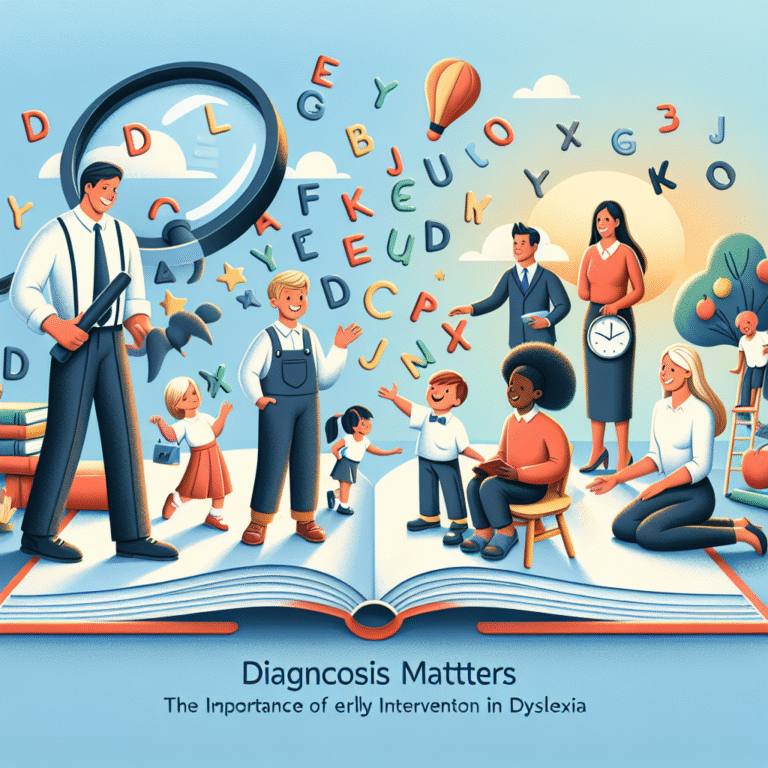
Introduction
In an era where data drives decision-making, the phrase "Just the numbers" often falls flat. We look at spreadsheets, percentages, and scores, but what about the stories behind those numbers? What do they mean for the programs we create, the communities we serve, and the actual impact we hope to achieve? This article explores Beyond the Numbers: Understanding the Impact of Effective Program Evaluation—a journey into why program evaluation matters and how it can illuminate pathways to success beyond mere statistics.
Program evaluation is not just a box to check on your organizational to-do list; it’s a potent tool that can transform programs and, by extension, lives. Let’s delve deeper into its significance and practical applications.
Why Program Evaluation Matters
The Roots of Effective Design
Effective program design is grounded in the needs of its audience. Without proper evaluation, it’s easy to lose sight of those needs entirely. Beyond the Numbers: Understanding the Impact of Effective Program Evaluation means recognizing that assessment can feed back into the program design process.
Take the example of a youth mentoring program that initially aimed to improve academic performance. After an evaluation, data gathered indicated that emotional support and life skills coaching were just as critical. By reallocating resources based on evaluation findings, the program not only improved grades but also increased participants’ self-esteem and life satisfaction.
The Accountability Factor
In today’s funding landscape, accountability is paramount. Stakeholders—be they donors, community leaders, or policy makers—want proof that their investments yield tangible results. Effective program evaluation provides that proof. When stakeholders can clearly see the impact of their investments, they are more likely to support continued funding.
For instance, consider a health initiative aimed at reducing obesity in low-income communities. Through regular evaluation, organizers can adjust strategies based on fighting obesity in both a measurable and meaningful way, increasing community buy-in and support.
Driving Continuous Improvement
A significant aspect of program evaluation is its ability to foster a culture of continuous improvement. Feedback mechanisms from evaluations can empower teams to adapt and innovate in real time.
Imagine a workforce development program struggling with low retention rates. An evaluation reveals gaps in the training curriculum. Armed with this feedback, administrators can refine their approach. Continuous evaluation ensures the program stays dynamic and grows along with the needs of its participants.
Case Studies: Learning from Real-World Applications
Case Study 1: Improved Literacy Rates
A nonprofit aimed at improving literacy rates among children in underserved communities utilized ongoing program evaluations to alter its approach to reading sessions. Initial data suggested that children were disengaged during group readings, leading to ineffective learning.
By employing Beyond the Numbers: Understanding the Impact of Effective Program Evaluation, the nonprofit revamped its program to include more interactive and engaging methods. Follow-up evaluations confirmed a 25% increase in literacy rates among participants, triggering a wave of similar initiatives across the region.
Case Study 2: Public Health Initiative
A city government launched a public health initiative to combat diabetes. Early evaluations showed that participants were not following dietary guidelines. Using qualitative feedback alongside quantitative data, program coordinators discovered cultural preferences influenced eating habits.
Armed with this knowledge, the program adapted its recommendations to better align with community values, thus improving compliance rates and overall health outcomes. This is a classic example of how important it is to go beyond the numbers.
Tables and Charts: Visual Data for Impact
Table 1: Impact Metrics Before and After Program Adjustments
| Metric | Before Program Evaluation | After Program Evaluation |
|---|---|---|
| Literacy Rate | 65% | 90% |
| Participant Engagement | 48% | 85% |
| Program Retention | 60% | 95% |
The Numbers Tell a Story
In reviewing Table 1, it is clear that effective program evaluation does more than just decipher data; it tells the story of progress and challenge, driving future endeavors.
Creating a Framework for Effective Program Evaluation
Defining Clear Objectives
To ensure impactful evaluations, programs must begin with well-defined objectives. What do you want to achieve? More importantly, how will you know if you’ve achieved it? Clarity in objectives allows for targeted evaluations that yield actionable insights.
Engaging Stakeholders
An inclusive approach can enhance evaluations. Engaging participants, funders, and community members in the evaluation process adds layers of richness to the data, yielding insights that might otherwise remain hidden.
Choosing the Right Methodology
Whether qualitative or quantitative, the methodology used in evaluations should align with program goals. Mixed methods often provide the best outcomes by allowing for a comprehensive understanding of program effectiveness.
Conclusion
Beyond the Numbers: Understanding the Impact of Effective Program Evaluation emphasizes the human element in data-driven decision-making. It’s about making informed adjustments that lead to improved outcomes for real people. Effective program evaluation not only measures success but also drives future innovation and accountability.
Evaluating a program should never be viewed as a mere requirement. Instead, through thoughtful reflection, transparency, and a willingness to learn from data, organizations can create lasting change. The next time you glance at a data report, remember that each number reflects a story, an opportunity for growth, and a potential for impact.
FAQs Section
1. What is program evaluation?
Program evaluation is a systematic process for collecting, analyzing, and using data to determine the effectiveness of a program.
2. Why is program evaluation essential?
It is essential because it measures performance, informs continuous improvement, supports accountability, and guides decision-making.
3. How can I improve my program’s evaluation process?
Improving your evaluation process involves defining clear objectives, engaging stakeholders, and selecting appropriate methodologies.
4. What are common challenges in program evaluation?
Common challenges include limited resources, stakeholder buy-in, and interpreting qualitative data.
5. What role does feedback play in program evaluation?
Feedback plays a crucial role as it provides insight into program effectiveness and helps refine future strategies.
Through the lens of Beyond the Numbers: Understanding the Impact of Effective Program Evaluation, we see that the true value lies not just in data, but also in the stories, contexts, and lives changed by effective programming. Let us carry these lessons forth as we aim to create and sustain meaningful impact in our communities.

















